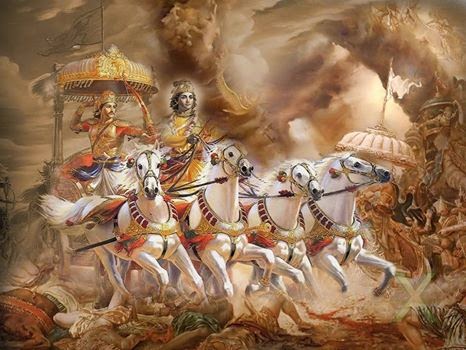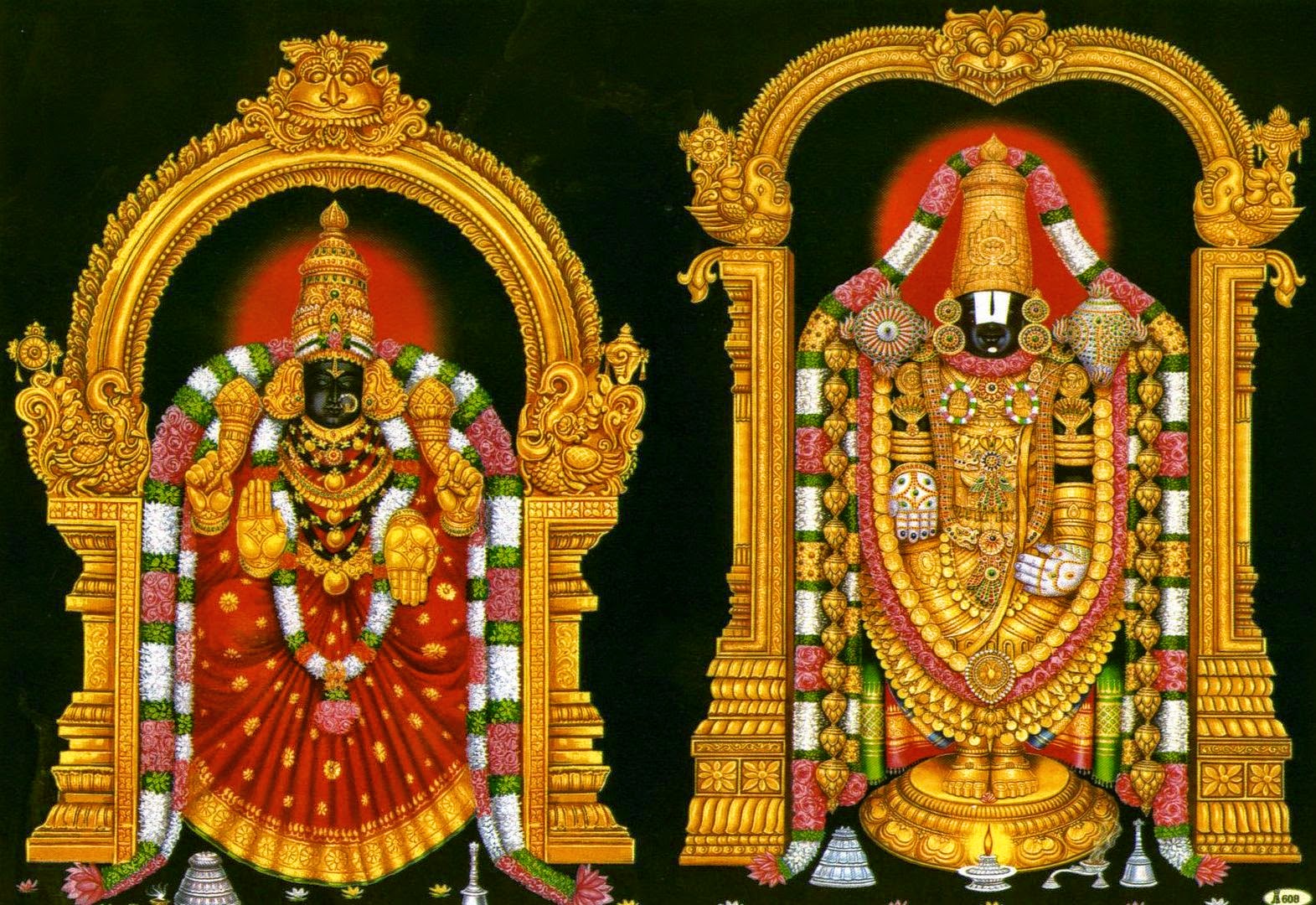The Spiritual Import of the Mahabharata and the Bhagavadgita : Ch-4. Part-3.
4.The Cosmic Manifestation : 3.
It is said that, to speak in the language of the Samkhya, the sattva of prakriti enables the reflection of purusha, or the universal consciousness, through itself. When this universal consciousness of the purusha reflects itself through the cosmic sattva of prakriti, it becomes what the Samkhya calls mahat—mahatattva. It is the cosmic intellect. We may compare it with the hiranyagarbha of the Vedanta; we may compare it to Brahma, the Creator, in the language of the Puranas. This cosmic intellect or mahatattva concretises itself further into a cosmic individuality, and that is called ahamkara. It is not the ahamkara that I have or you have. It is a cosmic principle of self-consciousness. It is not the individual self-sense that we are speaking of here. It is an unintelligible cosmic situation where the cosmic intelligence is said to become self-aware—’I am’ or ‘I am that I am’—’aham asmi’. This is the cosmic ahamkara, comparable with the virat of the Vedanta.
Then there is a division. The prakriti, in its tamasic aspect, becomes the cause of what are known as tanmatras—shabda, sparsha, rupa, rasa, ghanda—which means the intangible powers that are behind the sensations of hearing, touching, seeing, tasting and smelling. These are the subtle powers which are behind objects, which elicit reactions from our sense organs in these manners. These tanmatras, by a kind of permutation and combination, become the cause of the five gross elements—earth, water, fire, air, and ether. This process of permutation and combination is called panchikarana, a peculiar term which implies a quintuplication of these tanmatras to constitute five elements.
Now, this objective universe is not completely severed from the subjective experiences, on account of the two being the limbs of prakriti herself. The perception of the objective universe by an individual is made possible by the presence of an intermediary link that is called the presiding deity or the adhidaivata of the mind, intellect, sense organs, etc. Thus, there does not appear that there is a real gulf between the seer and the seen. They are somehow made to appear as if one is different from the other, but the fact of their being children of the same mother, the cosmic prakriti, precludes any idea of their total isolation, one from the other. Not merely that; there is a connecting link between the seer and the seen.
The sense organs and the mind also are constituted of these tanmatras, the very same substance of which the physical cosmos is made. These tanmatras again are subdivided into secondary sattva, rajas, and tamas. The sattvic portions of each of the five tanmatras become the causes or substances behind the five senses of knowledge—hearing, seeing, etc. The five put together become the substance of the mind or the antakarana. The rajasic secondary principles of the tanmatras become independently the cause of the five organs of action—grasping, locomotion, etc. Put together they become the pranas—prana, apana, vyana, udana, and samana.
To be continued ...





Comments